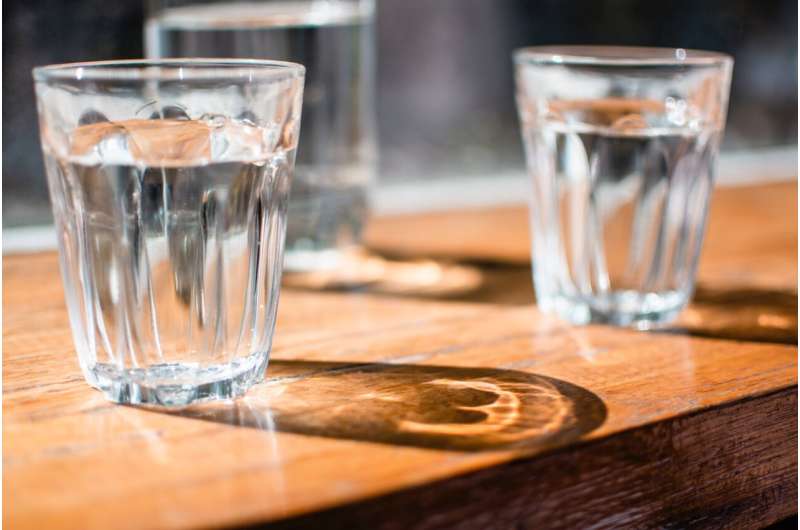Qualitative study examines how ordinary people 'sense' water quality

Seeing—and tasting—is believing: A qualitative study of communities living along the Philippines' bustling Marikina River underscores the importance of taking into account local peoples' everyday experiences, practices, and perceptions in establishing water quality.
Anthropologists Gideon Lasco of the Ateneo de Manila University's Development Studies Program and Anita Hardon of Wageningen University's Knowledge, Technology, and Innovation Group undertook a four-month exploration of human-water relations in communities along the Marikina River. They followed the river upstream, interviewing water drinkers, distributors, and regulators from low- and middle-income groups.
Their research is in the journal Human Organization.
The researchers found that people rely primarily on their own sensory experiences of the water—such as its color, taste, and smell—to evaluate its quality. For instance, while clear water is considered safer than muddy water, clear but rusty-tasting water is inferior to sweet-tasting water.
But more importantly, according to the researchers, people saw water quality as dynamic and changeable, depending on current and future circumstances. For example, a recent typhoon might make the water muddy for a few days, but it is seen to gradually clear up and improve.
Access to clean water is also influenced by social and economic factors. The urban communities downstream of the Marikina River can afford to rely on water-refilling stations and bottled water despite the significant financial cost, whereas upstream communities tap into natural sources like springs despite the risks of contamination.
Furthermore, while privatization of the water distribution system has expanded water access, many low-income and upstream communities still lack consistent access to piped water.
In conclusion, Lasco and Hardon recommend that policies on water purification and distribution take into account local experiential knowledge of water quality, with the understanding that people's sensory experiences are the main way they define "good" water.
This is particularly critical when tackling issues such as contamination from microplastics, which are otherwise colorless, tasteless, and odorless.
More information: Gideon Lasco et al, Sensing, knowing, and making water quality along Marikina River in the Philippines, Human Organization (2024).
Provided by Ateneo de Manila University





















